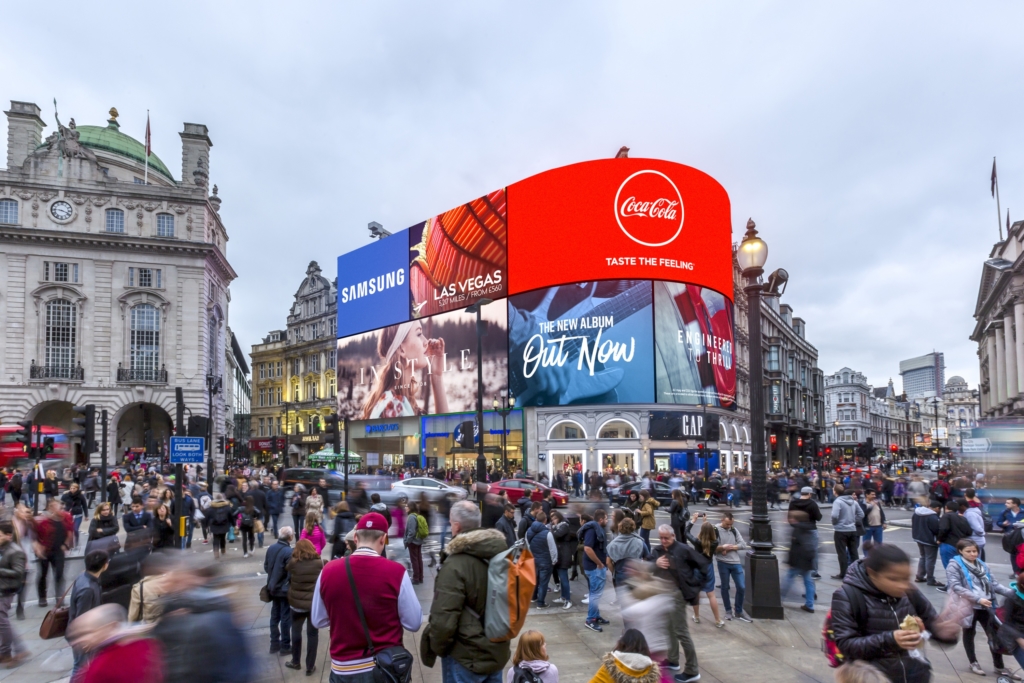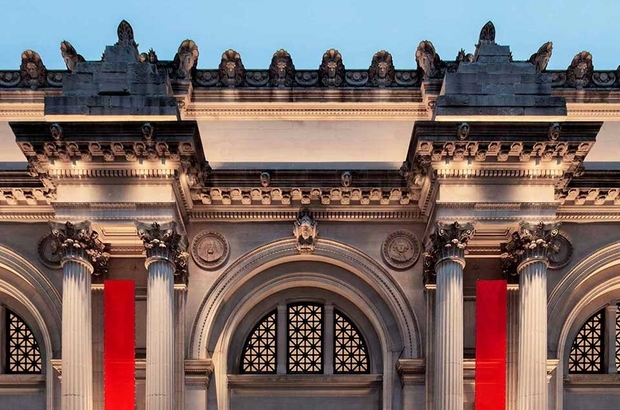TOM WHEATLEY looks at how urbanisation is reflected upon in music.
With the urbanisation and gentrification of existing cities and large towns everywhere, and with prestigious music establishments such as the Royal Academy of Music in London or the Berklee College of Music in Boston being centred in these areas, more musicians are finding themselves drawn to urban places, creating bustling musical hubs filled to the brim with creators. The urbanisation of music manifests itself in different ways for each artist, with some artists taking direct inspiration from the visual stimuli, experiences, and sounds their landscape brings, while other artists display the effects of urbanisation in society in more abstract ways.
The clearest way we can hear urbanisation’s effect on music is in those pieces written directly about our changing landscape in a literal, tangible sense. These are often from contrasting viewpoints. For example, while composers such as Haydn denote their fond feelings towards the impressive cityscape with slow, grandiose themes in familiar keys, more modern writers such as Gabriel Kahane explore the more negative effects of urbanisation. For example, the feelings of coldness and restlessness it can provoke are explored in compositions such as Empire Liquor Mart (9127 S. Figueroa St.) through its use of fleeting chords and shrill, metallic strings. Exploring urbanisation’s impact on music further, John Luther Adams, an established American composer, created his piece entitled Soundwalk 9:09 using only sounds he could record between two buildings of the Metropolitan Museum of Art in New York. Upon listening, the pieces are remarkably musical; rather than just plainly presenting the dry cacophony of miscellaneous sounds we encounter on the daily commute, Soundwalk 9:09 filters and equalises these sounds to create a beautifully industrial musical soundscape. In the same way that Mendelssohn found inspiration and beauty in a small offshore cave, Adams finds his in the discordant sounds of the hectic modern city.
The impact of urbanisation on music is reflected in more than just aesthetics. Urbanisation does not simply mean gargantuan concrete structures and formidable skylines, but also swathes of people shifting into urban areas. Beyond appearance, the processes driving the continuous growth of our cities can impact us on a more profound level. A striking example of this can be found in the music of electronic artist James Blake, a critically acclaimed songwriter and producer. Blake, while hugely successful in his music career, has famously struggled with his mental health, and has markedly criticised the media for labeling his work as ‘sad boy music’. It was not until 2019, with the release of a noticeably brighter album Assume Form, that Blake opened up about some of the reasons for his inner turmoil, one being his time living in London. In an interview with the Evening Standard, Blake concedes that the ‘lifestyle’ and ‘pace’ of London were ‘a little too fast’ for him – exacerbating his depression. During the recording of his 2016 album, The Colour in Anything, Blake was travelling frequently between Los Angeles and London, the former being a relaxed safe space and the home of his girlfriend, and the latter a cold, perturbing reminder of his struggles. This sentiment is reflected in the single Modern Soul, in which Blake croons of ‘crossroads’ and how ‘the scenery changes’, lamenting the ceaseless, unrelenting pace of London’s concrete jungle.

While James Blake is a good example of someone whose experience of urbanisation manifests in his music in very personal ways, an artist like Max Cooper serves as an example of how systematic urbanisation affects musical exploration in a more objective sense. In his most recent project, Yearning for the Infinite, Cooper explores the cyclical nature of growth and sustainability, two ideas that seem to otherwise be at odds in today’s society. As part of a commission from The Barbican for their Life Rewired project, Cooper was tasked with exploring the impact of technological change on our society and culture. Yearning for the Infinite becomes an observational piece on humans’ intrinsic desire for growth, with visuals at his live performances showcasing infrastructural advancements and population growth enabled by technology, while simultaneously using the same novel technology to create beautifully mathematical electronic music. Here, urbanisation is presented as simply symptomatic of human nature, and Max Cooper finds himself directly inspired by the technological developments driving urbanisation in an almost poetic parallel with the near total digitalisation of modern music.
Urbanisation is something that profoundly affects our society today; we live among more people in larger buildings linked by faster trains and so many more intricacies beyond that. Like with any profound discussion point in society, it is impossible for urbanisation to be neglected by music, and it’s clear to see that it has not. Pervasive phenomena earn pervasive creative responses, in whatever form.
Featured image: the facade of the Metropolitan Museum of Art, courtesy of metmuseum.org.





